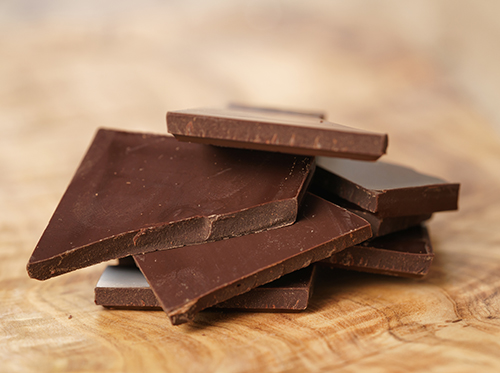Do you suffer from sleep apnea?
February 26th, 2020

At Pioneer Dental, we know our patients love a good amount of rest each night in order to be energized for the day and week ahead. After all, without enough sleep, exhaustion during the day is the most immediate consequence.
Sleep apnea is a sleep disorder that could be an indicator of serious health problems. The most common symptom is loud snoring, but the condition is characterized by breathing that repeatedly starts and stops throughout the night, leaving you feeling tired in the morning. Other serious effects from sleep apnea could be potentially dangerous to your health if left unaddressed, a great reason to visit Dr. Carl Meyers.
Besides losing precious hours of sleep, sleep apnea also elevates the risk of heart attack and stroke, and may cause other conditions such as depression, irritability, high blood pressure, memory loss, and sexual dysfunction.
Anyone can develop sleep apnea, but it is more common among middle aged adults who are overweight. Dr. Carl Meyers can help you determine the cause and suggest possible treatment.
A common treatment for sleep apnea is an oral device that is designed to help keep the airway open. By bringing the jaw forward, the device opens the airway and discourages snoring. Dr. Carl Meyers and our team are experienced in sleep apnea appliances, and can prescribe a fitted device, as well as monitor its success each time you visit.
A continuous positive airway pressure mask, also known as a CPAP, is among the other treatment options you may opt for. A mask is fitted over the mouth and forces oxygen through the throat while you sleep, and the pressure holds the soft tissue and throat muscles open.
If you think you may be suffering from sleep apnea, visit our West Bend, WI office. Our team at Pioneer Dental can help you return to getting a better night’s sleep.






